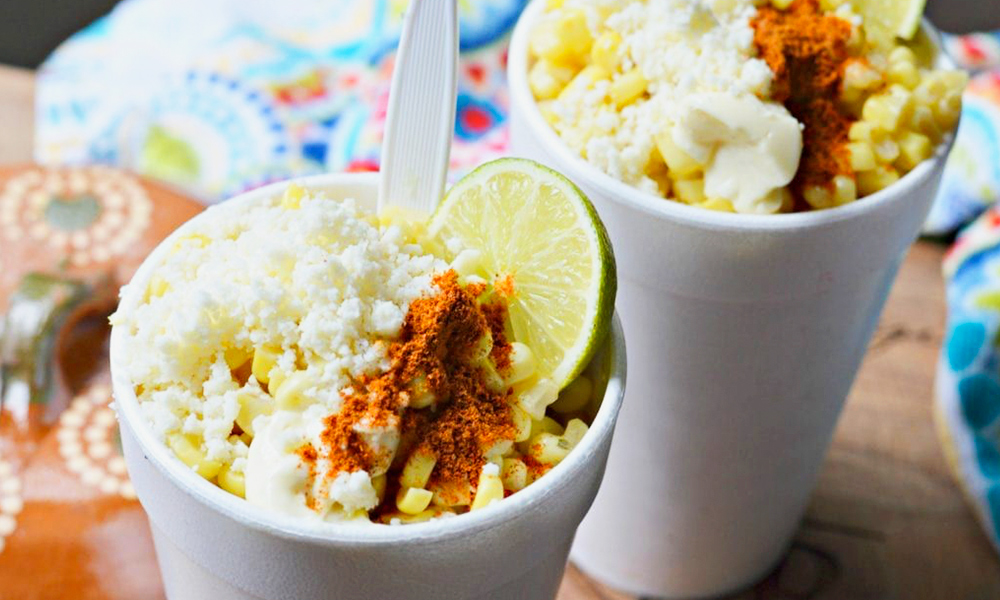Learning something new about the customs and the traditions of other cultures makes traveling worthwhile. Remember those times when you were traveling to another city or state within your country and you encountered different customs you didn’t know about? Mexico, in particular, is a clear example of this phenomenon and what better place than Mérida to start discovering it?
They say the more we travel, the more we learn. And how to deny it?
It’s not only about knowledge. When travelling we develop other abilities and taboos and clichés are broken. And it’s precisely those little information that comes from living with the locals that make you truly learn about a new culture. Here are some facts about places, food and traditions that you might not know about the White City.
SITUR (Urban transportation system). If we talk about public transport in the city, we refer to the buses in which the majority of the population without their own vehicle approaches their daily destinations. Its circuits connect different parts of the city and are distinguished by their green and white logo. You can check the current routes at merida.transpublico.com so you don’t get lost and you can plan your route well.
The tortillas. In the country, there are different types of tortillas: blue, white, yellow, green and even red tortillas. Here in the South of México, tortillas are yellow because they are made from yellow corn and are cooked with water and lime. In the villages, tortillas are made by hand or are bought in tortillerías and little grocery shops. In the city, we buy them in supermarkets and we eat them as a complement to our meals.

Pork meat. Yucatán is the area where pork meat is consumed the most. Thanks to the area and the climate, livestock is leaning towards the commercialization of pigs and therefore there are almost no cattle (cows). So among the most consumed dishes are Poc Chuc (marinated grilled pork) and Frijol con Puerco (beans with pork).
Hammocks. Something common among all Yucatecans is sleeping in hammocks. There are many people who don’t have beds in their bedrooms and only have hammocks because they find them more comfortable and especially very fresh. The weather in Mérida is tremendous! They also occupy less space and are cheaper than a normal bed.
Hipiles. It is a traditional garment that more than 90% of women living in Yucatan have inside their wardrobes. The original artistic model is distinguished by having hand-embroidered flowers with the oldest embroidery technique in the world: cross-stitch.

Mukbil pollo (Mukbil chicken). It’s a kind of special giant tamale (steamed bundle of usually corn-based dough), which we eat during the Hanal Pixan (Day of the Dead). The tradition is that it’s cooked slowly underground as did our Mayan ancestors.
El Parque de Las Américas (Las Américas park). It consists of four sections but the most popular one is ‘La Concha Acústica’. The park is one of the busiest places for family gatherings. No matter the age, no one can resist good esquites (corn-cup) and marquesitas (rolled crepe-type wafer) with cheese. These are the biggest attractions in the park and nobody leaves on an empty stomach.

Now you know a little more about what Yucatecans usually do, eat and use. Many overlook these small Yucatecan customs that are very important to locals. Did you feel identified with any?
If you like this post and you want to keep in touch with our blog, subscribe to Barrio Vivo now!




